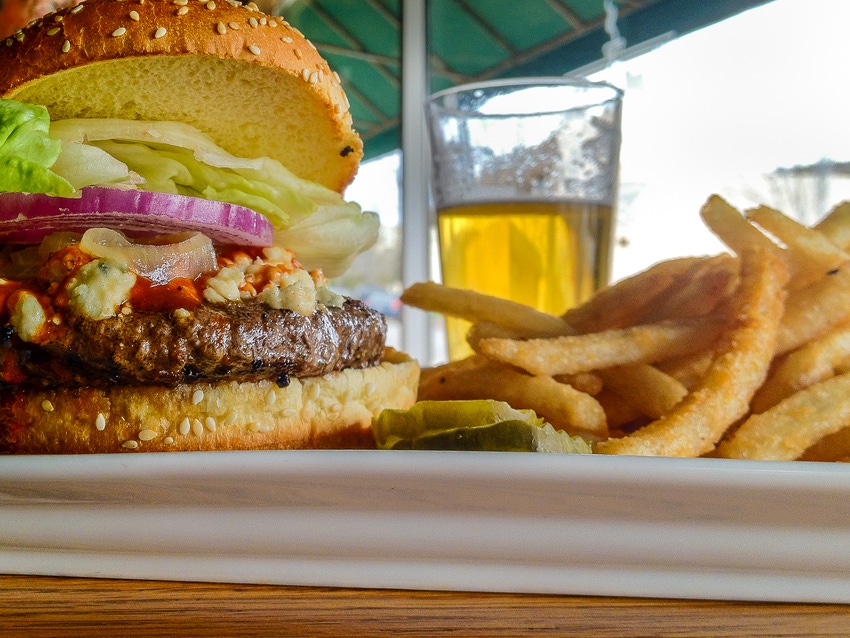October 23, 2018

For some the foodie craze is the latest thing. For the rest of us who simply enjoy good food, we really needed no label, but in today’s world, labels are everything.
A recent published article listed the top 182 cities for “foodies,” a term said to be applied to those who enjoy gourmet dining and the discovery of culinary experiences.
Portland, Ore. tops this list with San Francisco and Miami in second and third, respectively. A handful of California and Arizona cities made the list. While some might not be surprising for their diversity of dining opportunities – Los Angeles, Sacramento, Phoenix and its satellite cities of Glendale, Chandler and Mesa made the list – other cities on the list might lead one to scratch their head in disbelief, including at least three California cities probably better known for their crime rates than their great eating establishments.
I’m sure the news that Sacramento did not top the list might not sit well with some who like to bill the Golden State’s capitol city as “foodie central.” Personal experience suggests Sacramento is home to quite a large array of quality culinary opportunities that can be rather pricey, especially those within walking distance from downtown hotel and convention venues. Nevertheless, the choices are almost endless.
The term sometimes gets morphed into discussions about the “local” food scene in a city that openly brags about being “America’s Farm-to-Fork capital.” An annual farm-to-fork event in downtown Sacramento is said to attract more than 80,000 people to help showcase “the incredible food and agriculture of northern California,” according to event organizers.
This is not a defense for why Sacramento should be America’s farm-to-fork capital, rather just a few interesting bits of information from the article, along with some observations.
For instance, craft beer is included in the list as five cities – two in California – tied for having the most craft breweries and wineries per capita. Portland is on this list; Sacramento is not. Surprising to me is that Napa and Sonoma did not make this list as both seem to have a winery about every 300 feet or so. That’s not a dig on the Napa region, just an observation that some wineries in the area can be walking distance from each other.
Years ago, I saw informational cards on tables at a Mexican restaurant in New Mexico that shared a brief bit of information on the trademarked chilis grown in the Land of Enchantment. As one who’d never-before tried red or green New Mexico chili, this was an experience unmatched in flavor, but also a simple way to learn about some of the food on my plate. The cards were printed by a state commission representing N.M. chili.
What if California farm groups took the initiative to share more about the food they produce in simple ways with a captive audience?
You May Also Like




